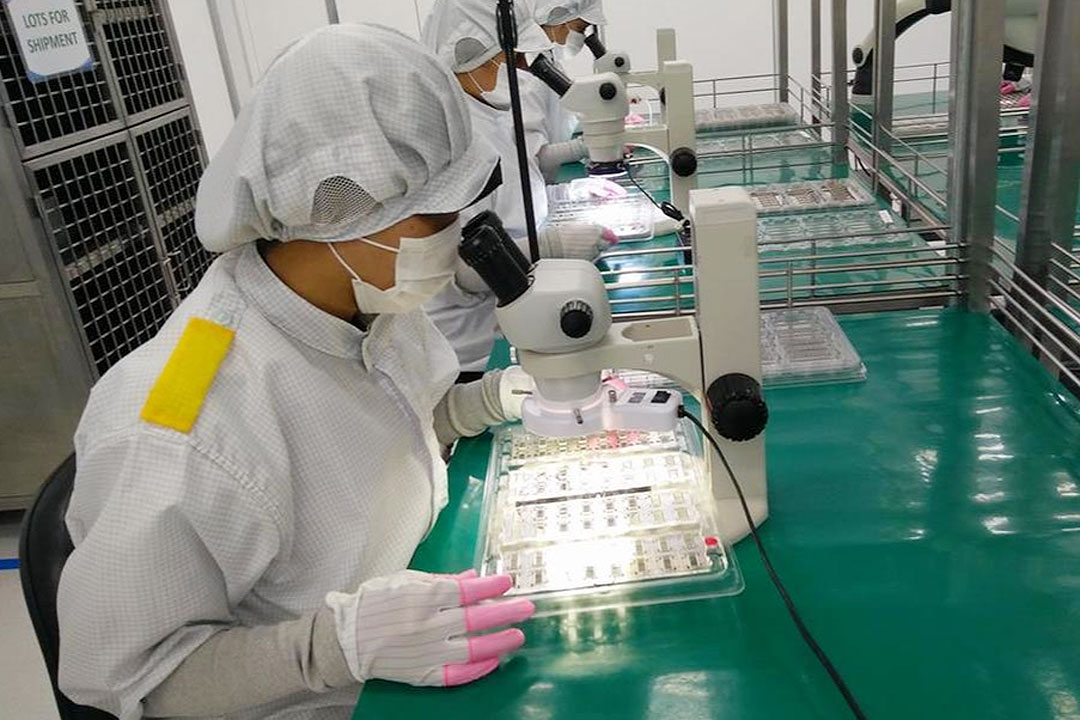PHL semiconductor exports set for 5% growth next year

By Justine Irish D. Tabile, Reporter
THE Philippines’ semiconductor and electronics sector is poised for a modest rebound next year, with exports projected to rise 5% as demand for advanced technologies continues to climb, the Semiconductor and Electronics Industries in the Philippines Foundation, Inc. (SEIPI) said.
Danilo C. Lachica, SEIPI president, said growth would be driven by emerging tech, including artificial intelligence (AI), electric vehicles, the internet of things and data centers.
“It will be driven by the usual driver — advanced technologies. It’s the demand for chips for these applications,” he told BusinessWorld Forecast 2026 on Tuesday.
The outlook reflects a revision for 2025, with exports now expected to expand 5% to 7% from earlier projections of flat growth.
Electronics exports reached $36.32 billion in the first nine months, contributing about 58% of the country’s total commodity exports. “We’re probably going to grow at a modest 5-7%, which will bring us to about $45 [billion] to $47 billion of exports,” Mr. Lachica said.
SEIPI’s earlier conservative forecast accounted for potential disruptions from US reciprocal tariffs, but the zero-percent tariff on key electronic components has largely preserved competitiveness. “We were hedging our bets, but not much has happened,” he said in mixed English and Filipino.
Top export destinations remain Hong Kong, the US, China, Japan and Taiwan. Mr. Lachica noted that Hong Kong functions as a hub for exports destined for North America, Europe and other regions.
While the sector’s momentum remains strong, growth is vulnerable to policy shifts in the US. If the US removes the exemptions currently under challenge at the Supreme Court, it could impact SEIPI’s 5% projection for next year, he said.
Beyond export projections, SEIPI is pressing for greater recognition of the semiconductor and electronics sector in national and regional economic agendas.
Mr. Lachica expressed concern that the Philippines’ chairmanship of the Association of Southeast Asian Nations (ASEAN) in 2026 has so far omitted the industry from priority economic drivers.
“Surprisingly, the first draft I saw did not include semiconductor electronics, albeit being the biggest export value generator,” he pointed out.
He said attracting foreign investment requires not just policy focus but proof of a supportive ecosystem.
“The ecosystem has to be developed. You have to show first that you’re worthy of the investment. Without the proof of concept, without the ecosystem, it’s wishful thinking,” he said, highlighting the need for infrastructure, supply-chain capabilities and skilled talent.
Mr. Lachica called for “drastic changes” to ensure the Philippines retains its competitive position in the global semiconductor market. Inclusion in ASEAN’s agenda, he said, would provide an opportunity to present a coherent national strategy and showcase the country’s readiness to investors.



